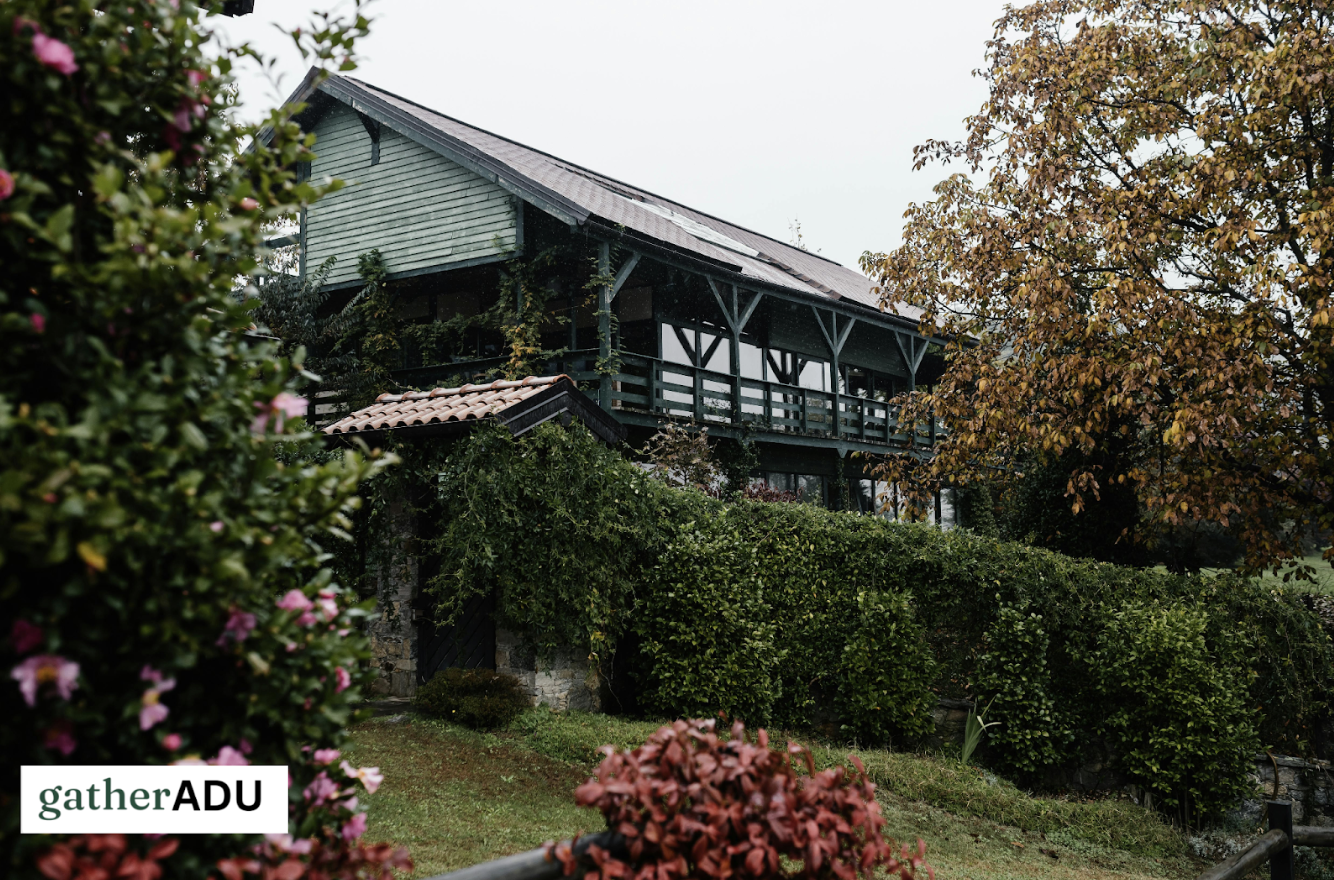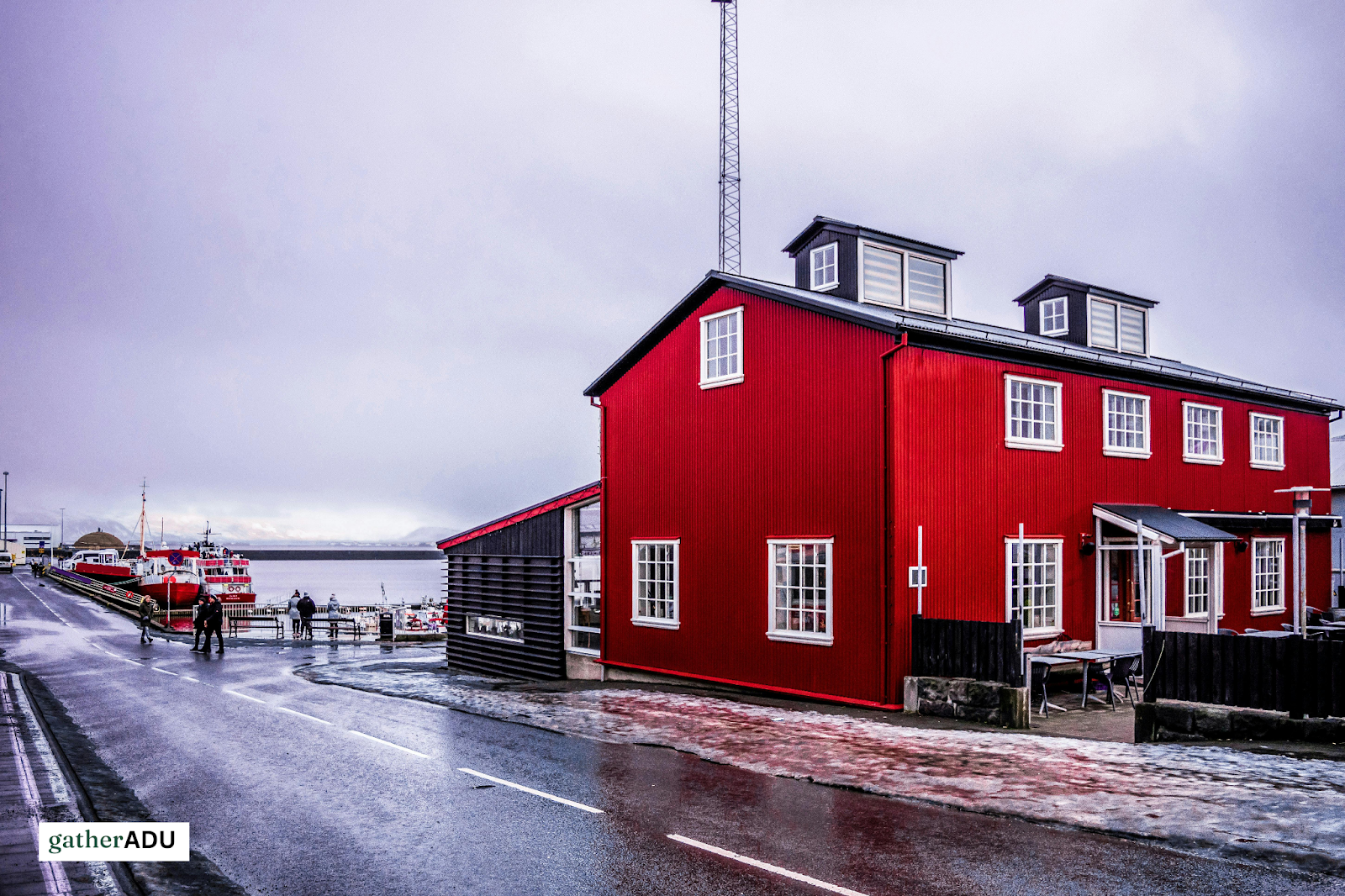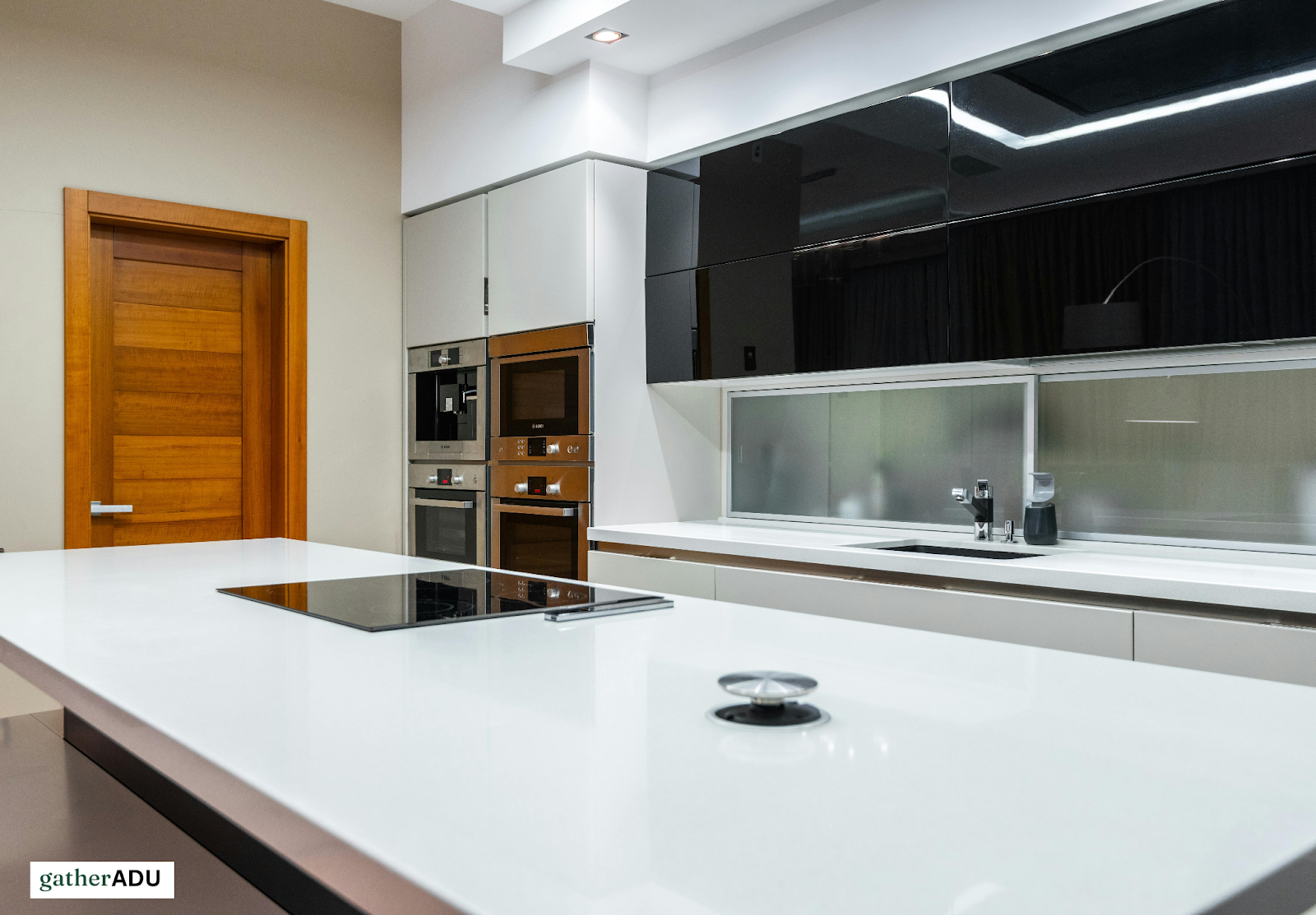ADU Knowledge
October 21, 2025
What Design Features Should Be in Your Oregon ADU to Handle Wet Seasons?


.png)
Schedule a free appointment with one of our ADU experts.
Get ADU QuoteOr call: (323) 591-3717
Oregon ADUs should use water-resistant materials, durable roofing, elevated foundations, and proper drainage. You should also include covered entries, well-placed windows, and effective ventilation. These parts prevent water harm, keep you cozy, and ensure your ADU is safe, functional, and durable when it's wet and rainy.
By integrating gutters, downspouts, and moisture barriers, you protect your ADU from water damage. Moreover, planning wet-season solutions with GatherADU. Doing this early on protects your money, makes your home save more energy, and keeps the inside healthy. Furthermore, this ensures long-term durability and peace of mind for your home.
A well-designed roof keeps your ADU safe from heavy rain. It uses strong, waterproof materials, a good slope for runoff, and secure flashing. Additionally, overhangs and gutters move water away from the walls and foundation. This stops leaks, water damage, and long-term problems with the structure.
To enhance rain protection, consider these key design features:
Additionally, incorporating these roof design features not only protects your ADU from water intrusion but also extends the roof's lifespan. Proper materials, good slopes, and well-set gutters lessen wear and tear, which lowers maintenance costs, and ensure your ADU remains safe and structurally sound during Oregon’s heavy rainfall seasons.

Foundation features that prevent water damage include elevated slabs, proper grading, drainage systems, moisture barriers, and waterproof coatings. These elements help direct water away from the ADU, reduce flooding risks, prevent soil erosion, and maintain structural strength during Oregon’s wet seasons.
Additionally, installing French drains or perimeter drainage systems further protects your foundation. This proactive approach prevents mold, rot, and structural damage. It also lowers long-term repair costs and keeps your ADU safe, strong, and comfortable, even during Oregon’s heaviest rain periods.
Materials like Fiber-cement siding, treated wood, and composite panels fight off moisture, warping, mold, and rot. Additionally, finishes that keep water out for trims, doors, and window frames protect your ADU from heavy rain and humidity. This combination ensures durability, reduces maintenance, and keeps your home safe and comfortable.
For better durability, consider these features:
Choosing these strong, water-resistant materials cuts down on upkeep and makes your home look better. They keep your ADU dry, comfy, and working well through Oregon’s wet seasons, giving you long-term safety and no worries.

Proper ventilation is essential because it prevents mold, mildew, and condensation in wet-season ADUs. Ridge vents, exhaust fans, and operable windows allow steady airflow. This keeps indoor air clean, protects the structure, and ensures a safe environment during Oregon’s rainy months.
In addition, boosting airflow in the attic and under the floor, and putting vents in bright spots throughout the ADU, helps manage wetness. This reduces dampness, conserves materials used in construction, prevents damage to the structure, and makes the home more energy-efficient. Overall, it creates a healthier, more comfortable living space all year round.

Designing an ADU for Oregon’s wet climate can be challenging. Many homeowners face water intrusion, mold, and structural damage due to heavy rain and poor drainage. Without careful planning, your investment may suffer, and living spaces can become uncomfortable or unsafe during the wet season.
GatherADU helps you design and build a water-resistant, durable ADU tailored for Oregon’s rainy conditions. We offer expert advice on everything from raised foundations and good siding to the right roof design and airflow. This helps protect your property, ensure comfort, and create a home that is long-lasting and ready for any weather.
Raised foundations or pier systems with proper sloping and drainage are best. This is because they keep water away and stop flooding. Also, lifting your ADU allows air to flow beneath it. This approach makes the building stronger, reduces damage, and provides lasting protection during Oregon’s rainy seasons. You don’t have to worry about moisture, mold, or foundation issues.
Fiber-cement, treated wood, and composite siding resist moisture, decay, and warping. Furthermore, these materials maintain strength in wet conditions and require minimal upkeep. By choosing them, you make sure your ADU stays safe, works well, and looks good, even when it rains often in Oregon.
Seamless gutters with downspouts directed away from the foundation prevent water buildup. Moreover, regular cleaning keeps the flow clear and avoids clogs. This not only cuts down on flooding, soil erosion, and structural issues, but it also makes sure your ADU stays safe and strong all year.
Yes, overhangs shield doors, windows, and walls from direct rain while enhancing roof drainage. Additionally, they help shade windows, controlling indoor temperatures. By adding overhangs, you boost comfort, cut down on water getting in, and keep your ADU safe during Oregon’s wet seasons.
Good airflow, which includes ridge vents, exhaust fans, and windows that open, reduces dampness. As a result, this stops condensation, mold, and mildew. By having us improve your ventilation, you keep your inside spaces comfortable, protect your structure, and ensure your ADU stays healthy, dry, and energy-efficient throughout the rainy months.
.png)
Not sure where to start with your ADU project?